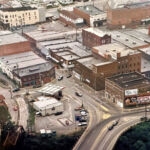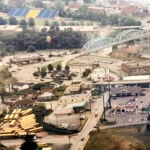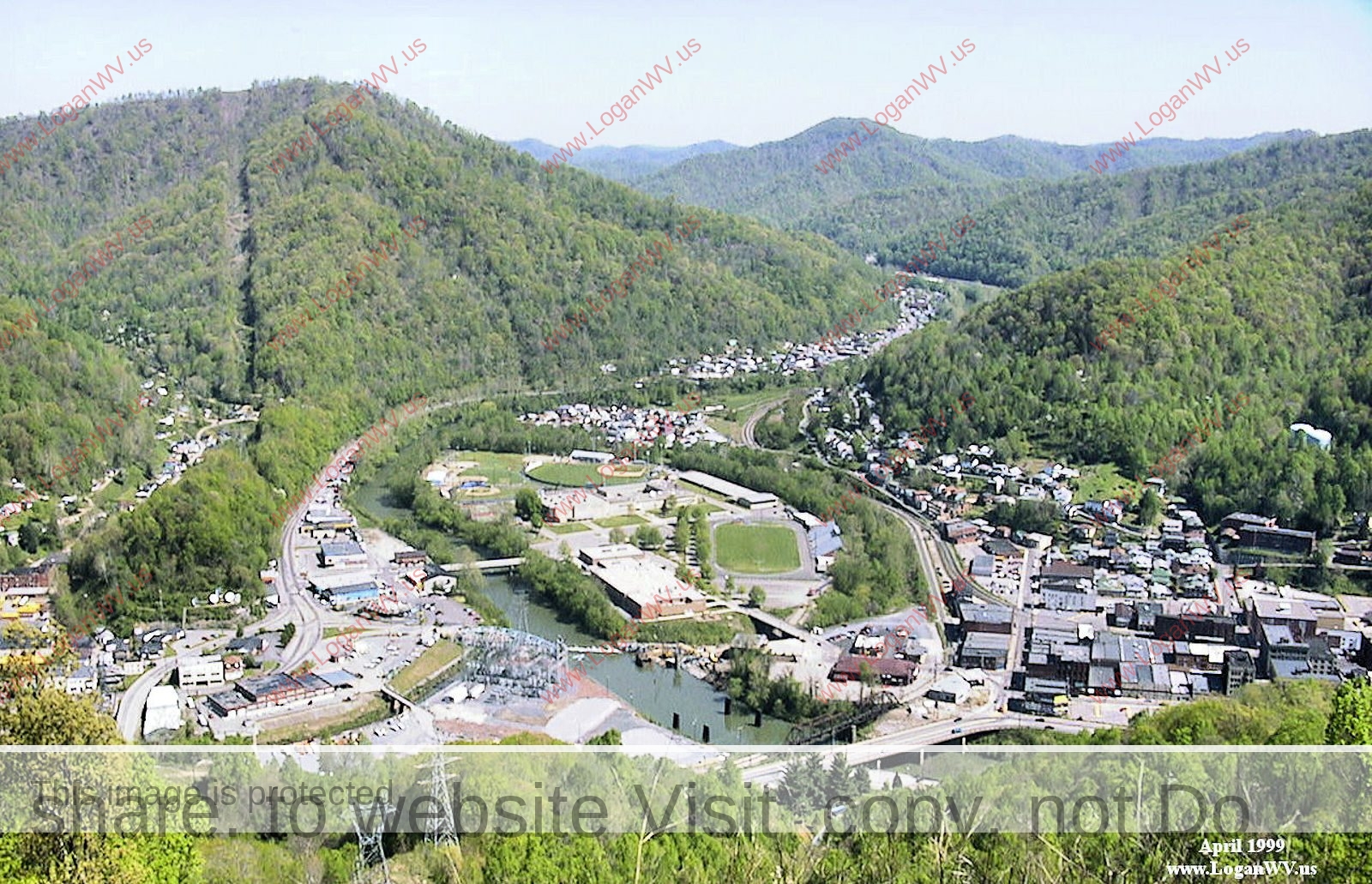 Logan, WV April 1999 from the top of Buskirk Hill.
Logan, WV April 1999 from the top of Buskirk Hill.
See more Logan County Photos. Over 8,200 and counting.
This website is dedicated to preserving and sharing the rich history of Logan County, West Virginia. Established on May 7, 1824, Logan County was named in honor of the famous Mingo Indian leader, Chief Logan.
The county seat began as the village of Lawnsville in 1827. It was later incorporated in 1852 as Aracoma, with Thomas Dunn English — author of the poem Ben Bolt — serving as its first mayor. In 1907, the town was officially renamed Logan.
Logan County played a central role in significant historical events such as the West Virginia Mine Wars and the Battle of Blair Mountain, one of the largest labor uprisings in U.S. history. The area is also closely tied to the legendary Hatfield-McCoy Feud. William Anderson “Devil Anse” Hatfield, patriarch of the Hatfield clan, lived and is buried here.
Explore our historical articles, photo galleries, and more to learn about the people, places, and events that shaped Logan County’s legacy.
Featured and Recent Photo Additions

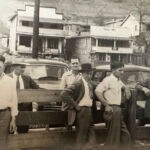
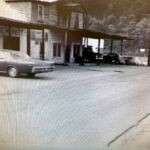


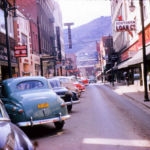
Featured Articles
| “A Prettyful Way of Speakin’” — All About Appalachian English Appalachian English is often mired in negative stereotypes, but this “mountain speak” is a distinct and colorful dialect with a fascinating history. The Appalachian region of the United States stretches from southern New York all the way south to Alabama and Mississippi. This area of rolling mountains and valleys is home to some 26 million people, as well as one of America’s most distinctive dialects: Appalachian English. Often stereotyped or dismissed as “incorrect” English, Appalachian English is actually a distinct dialect with its own consistent grammar rules, vocabulary, and pronunciation patterns. Read more. |
| The Ghosts of Guyan – Appalachian History By Dave Tabler In the confines of one of the narrow bottoms which separate the steep slopes of West Virginia, at the gentle expansion of the river named for a French trader the Guyandotte, there lies a small fur-trading town, which is called Lawnsville, but which is more generally and properly known as Logan Court House. Read more. |
| Life was more free when tram roads crossed the mountains By Dwight Williamson  I was just a young kid who sometimes rode on a Trailways bus to town with my mother, but I can recall the lines of people waiting to get into movie theaters. And I remember vividly the fish tanks in the back of the “dime store,” as well as the humongous pair of blue jeans that hung from the ceiling of Weiner’s Army and Navy Store that we sometimes visited. A sign on the pants read: “If you can wear them, you can have them. Read more. I was just a young kid who sometimes rode on a Trailways bus to town with my mother, but I can recall the lines of people waiting to get into movie theaters. And I remember vividly the fish tanks in the back of the “dime store,” as well as the humongous pair of blue jeans that hung from the ceiling of Weiner’s Army and Navy Store that we sometimes visited. A sign on the pants read: “If you can wear them, you can have them. Read more. |
| LOGANBANNNER.COM – Dwight Williamson: Old newspaper articles tell of Battle of Blair Mountain Sept. 4, 2024  A look at local history reveals that Logan County has been in the national headlines numerous times for various reasons. From the Civil War burning of the Logan County Courthouse to the Hatfield-McCoy feud of the late 1800s and throughout all of the 20th century, something of national interest has always percolated in good ol’ Logan. While political scandals have earmarked the pages of local history since the early 1900s, the month of September is more notable for something that occurred some 103 years ago this month — the Battle of Blair Mountain. Read more. A look at local history reveals that Logan County has been in the national headlines numerous times for various reasons. From the Civil War burning of the Logan County Courthouse to the Hatfield-McCoy feud of the late 1800s and throughout all of the 20th century, something of national interest has always percolated in good ol’ Logan. While political scandals have earmarked the pages of local history since the early 1900s, the month of September is more notable for something that occurred some 103 years ago this month — the Battle of Blair Mountain. Read more. |
| LOGANBANNNER.COM – Dwight Williamson: A letter from Ohio reveals an unlikely success story Aug 28, 2024 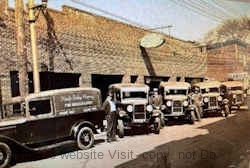 It is sometimes hard for me to believe that it has been nearly 40 years since the name of Mamie Thurman started becoming almost a household name throughout the region. Since those early days of the stories of Mamie’s gruesome murder and the details of the trial of Clarence Stephenson, the accused African-American who was found guilty of the crime, Mamie has been featured in various ways — from books to television news, various school social studies projects, and even YouTube episodes. In a bizarre way of thinking, one might say that Mamie still lives, at least in name. Read more. It is sometimes hard for me to believe that it has been nearly 40 years since the name of Mamie Thurman started becoming almost a household name throughout the region. Since those early days of the stories of Mamie’s gruesome murder and the details of the trial of Clarence Stephenson, the accused African-American who was found guilty of the crime, Mamie has been featured in various ways — from books to television news, various school social studies projects, and even YouTube episodes. In a bizarre way of thinking, one might say that Mamie still lives, at least in name. Read more. |
| LOGANBANNNER.COM – Dwight Williamson: Graveyards abounded under Logan streets Aug. 14, 2024  The Logan Banner did not exist when the county of Logan or the village that is now known as the town of Logan came into existence. In fact, it wasn’t until 1888 that the newspaper started being published as The Logan County Banner. The point being that there are no real written records of what was the beginning of the town that has gone by the names of Logan Courthouse, Lawnsville, Aracoma and Logan. Therefore, we really do not know just what occurred in the settling of the Guyandotte River community that is named after a Native American chief. More specifically, who decided to settle and develop what had to be at the time an obvious Native American graveyard? Apparently, early settlers to the site were not superstitious. Read more. The Logan Banner did not exist when the county of Logan or the village that is now known as the town of Logan came into existence. In fact, it wasn’t until 1888 that the newspaper started being published as The Logan County Banner. The point being that there are no real written records of what was the beginning of the town that has gone by the names of Logan Courthouse, Lawnsville, Aracoma and Logan. Therefore, we really do not know just what occurred in the settling of the Guyandotte River community that is named after a Native American chief. More specifically, who decided to settle and develop what had to be at the time an obvious Native American graveyard? Apparently, early settlers to the site were not superstitious. Read more. |
| LOGANBANNNER.COM – Dwight Williamson: 1938 was a typically interesting year in Logan County Jul 24, 2024  Historical Logan, for all of its faults, has always been the site of many noteworthy happenings. From the days of Princess Aracoma until today’s undisclosed madness, one can blindly choose a year in local history in which to review and never will there be a dull moment. Such is the case for the year of 1938. Read more. Historical Logan, for all of its faults, has always been the site of many noteworthy happenings. From the days of Princess Aracoma until today’s undisclosed madness, one can blindly choose a year in local history in which to review and never will there be a dull moment. Such is the case for the year of 1938. Read more. |
| Remembering the Community of Holden 22 By Dwight Williamson  This week, as we remember the 18 coal miners who lost their lives March 8, 1960 at the Holden No. 22 mine. I dedicate this story to those miners, their families and all of the hundreds of coal miners who over the years lost limbs and lives; and to those who died from coal industry-related diseases, such as black lung, silicosis and emphysema. For even as we remember the miners today, there are forces at work to deny miners’ families the benefits that were originally promised to them. Read more. |
Early Live in Logan County Described by K.F. Deskins The Logan Banner, Nov.12, 1937 The Logan Banner, Nov.12, 1937By Stan Tobin Sixty years ago, which is comparatively a short time in the ordinary span of things canoes and flatboats floated up and down the Guyan River, deer, bear and wild hogs roamed the hills in abundance and the few people that lived in the valley existed by what nature had to offer. Read more. |
| A stringent look into the history of Logan County By Dwight Williamson  A stringent look into the history of Logan County will reveal that from 1924 until 1932 two of Devil Anse Hatfield’s sons pretty much ruled the county, but it should be pointed out that the “dynamic duo” really was just following up on the practices of their predecessor, Sheriff Don Chafin, who previously had been declared as “King” of Logan County. Read more. |
| Hatfield Pioneers By Coleman A. Hatfield 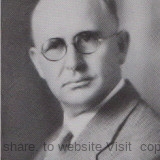 *This article is from the 1952 Centennial Program Booklet published by the City of Logan. Foreword by Dr. Coleman C. Hatfield (1927-2008): “My father, Coleman A. Hatfield, the son of Cap Hatfield, spent the majority of his adult life researching Hatfield and McCoy feud history. Besides being a Logan attorney, he was a gifted writer and researcher in his own right. He kept meticulous journals and audiotapes throughout his life about his historical findings, before passing away in 1970. In addition to his research, Dad remembered and recounted many of the stories and tall tales that he personally had heard Devil Anse and his wife, Levicy, tell the grandchildren through the years.” Read more. |
*This is a non-profit website and is not supported by ads or donations.
